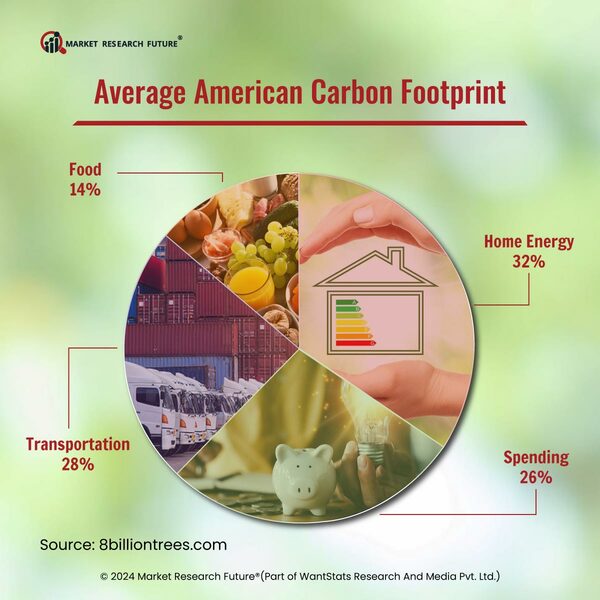U.S. Carbon Dioxide Emissions in Food Sector is Higher in 2023
The energy consumption by different nations contributes towards the consumption of carbon and other gases that affect the environment. Studies have proved that food is a basic need; it holds a large share of households' water and land use, up to 65 percent globally. The Energy Information Administration suggests that United States carbon dioxide emissions have increased in the energy sector in the last few months of 2023. Food-related carbon emissions in water usage is 60 percent higher than other sectors considered to record United States carbon consumption in 2023.Research states that household services are going through carbon dioxide emissions in the mobility category and are simultaneously associated with the second-highest shares of land and water use under household consumption in 2023. The Energy Information Administration (EIA) suggests that carbon dioxide emissions are expected to remain high in the initial months of 2024. The reason behind increased carbon dioxide consumption is the increased coal and natural gas production for electricity generation in 2023. Experts believe carbon dioxide emissions will be reduced by decreasing coal production and expect it to decline by 1 percent in 2024. November 2023 to March 2024 will likely experience seasonal emissions, while January will experience seasonal emissions. The researchers expected carbon dioxide in the United States to lower by 3 percent throughout 2023.
Based on another survey, the food category sees increased household consumption in the United States under land use, which is more than 40 percent compared to water use, which holds the highest place in usage. The manufactured products category also shows increased land and water use data in 2023.
Therefore, it is necessary to control carbon dioxide emissions by different methodologies, as it can cause harm to the progress of clean energy transformation. Countries worldwide focus on the transition to clean energy with various initiatives, with carbon emission being the primary. Clean energy transformations can be achieved by limiting carbon emissions, electrification in transportation, and others. The countries with green energy transformation expect to achieve net zero by the end of 2050.






